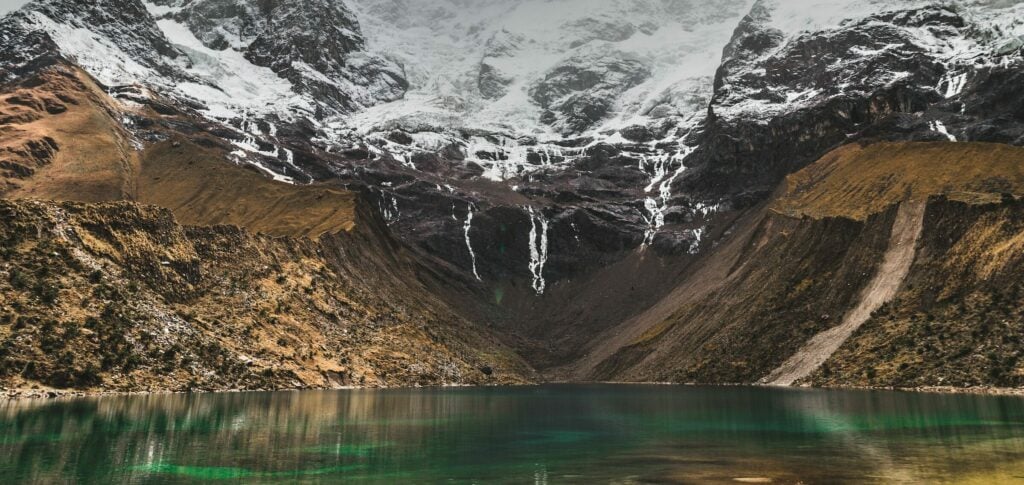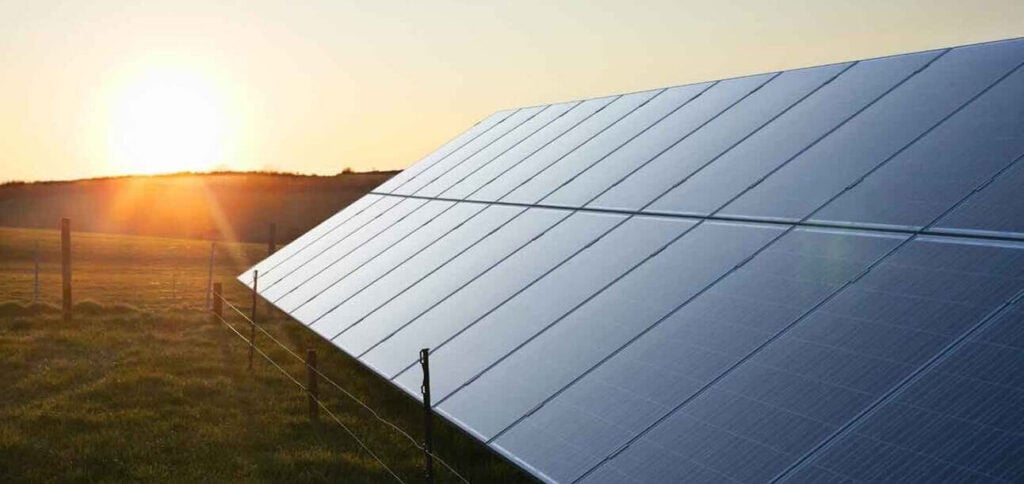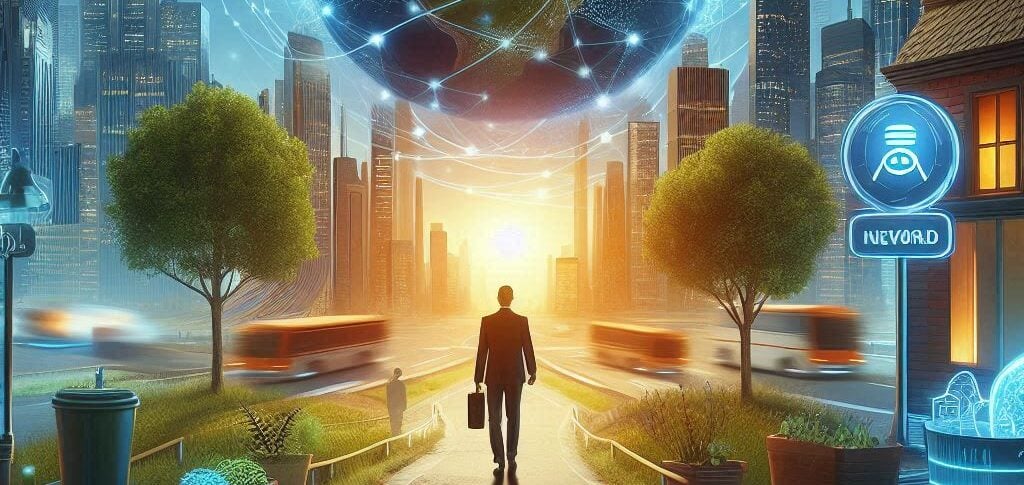🌱 Climate agenda at the UN
In preparation for the United Nations Conference on Climate Change (COP27), scheduled for November in Egypt, UN Secretary-General António Guterres met with Egyptian President Abdel Fattah Al Sisi in New York.
ADVERTISING
The closed meeting, which took place this Thursday (22), was attended by heads of state and government on the sidelines of the 77th session of the UN General Assembly.
After the meeting, the UN Secretary General spoke to journalists about priorities on the climate agenda such as reduce emissions e increase funding from developed nations for climate action.
Urgency to maintain the goal
Guterres highlighted the seriousness of the current triple crisis – food, energy and financing – and reinforced to government officials the urgency of maintaining the goal of global warming at 1,5ºC. To achieve this, emissions must fall by 45% before 2030.
ADVERTISING
After highlighting the importance of ending the use of coal and transitioning to renewable energy sources, he called for more funding for climate issues. According to the UN Secretary General, US$100 billion per year is needed from developed nations to advance the climate agenda.
The UN chief highlighted that another US$40 billion needs to be invested in adaptation and resilience because of the destruction caused by climate events.
Vanuatu claims 'fossil energy non-proliferation treaty'
The president of Vanuatu, Nikenike Vurobaravu, asked this Friday (23), in the UN gallery, for a “treaty on the non-proliferation of fossil energies”, responsible for the global warming.
ADVERTISING
This small island state is threatened with extinction due to rising ocean levels.
“We call for the development of a Fossil Energy Non-Proliferation Treaty to gradually reduce the production of coal, oil and gas”, in order to achieve the goal that the planet's temperature does not rise beyond 1,5°C, as established in the Paris Agreement, declared Vurobaravu at the United Nations General Assembly.
“There’s not much time left. We have to act now”, she asked, remembering that “no one is oblivious to the extreme weather events that devastate our islands, our cities, our States”.
Inspired by the nuclear non-proliferation treaty, the climate defenders' initiative calls for the gradual reduction of fossil energy and its replacement with “clean and low-carbon” energy.
❄️ Melting glaciers generates the appearance of 3.000 new lagoons in Peru
Peru has recorded the formation of more than 3.000 new lagoons in its territory as a result of the melting of its glaciers by the global warming, reported this Thursday (22) the Ministry of the Environment (Minam).
ADVERTISING
“To date, more than 3.000 new lagoons have been identified in the country as a result of melting glaciers,” revealed a statement from Minam.
The deputy minister of that department, Yamina Silva, warned that the glaciers in the Andean country are in the process of melting, “which could create a risk for populations living in the lower parts, because new lagoons are being created that pose a risk in potential".
Silva explained that, among the new lagoons formed, “around 500 represent a possible danger of overflowing due to climate change”.
ADVERTISING
Peru has a total of 2.679 glaciers that cover around 2.000 km².
In July 2021, the National Water Authority (ANA) reported that the global warming caused the melting of 51% of the surface of Peru's glaciers in the last 50 years, which led to the formation of new lagoons.
Read also
📃 Why should a company invest in environmental licensing?
Most projects cause negative impacts on the environment. However, these effects can and should be mitigated and controlled. One of the tools that exist today is environmental licensing.
But do you know what the environmental licensing?
It is a public management tool established by Federal Law 6.938/1981, by CONAMA Resolutions nº 001/86 and nº 237/97 and by Complementary Law nº 140/2011.
Environmental licensing was created with the aim of granting permissions on the location, installation, enlargement e Operação of a company that carries out activities that use natural resources or may cause some type of pollution or degradation to the environment.
When an enterprise has environmental licensing, it is ensured that the business can start operating and that the organization is committed to the environment. Therefore, this company understands its obligations and what it must do to control the environmental impacts arising from its activities.
Who grants environmental licensing?
Those responsible for granting environmental licensing are the bodies linked to the states or municipalities in which the company, or enterprise, is located, also based on its scope.
If the impact of the business is local, the city hall is responsible. If it goes beyond the limit of a city and is between municipalities, the state government is the one who takes over. But if the issue is federal or goes beyond borders, supervision is carried out by the Brazilian Institute of the Environment and Renewable Natural Resources (IBAMA).
What type of enterprise must have environmental licensing?
There are a number of companies and businesses that are eligible for environmental licensing. They fall into different categories, such as: mining; industry; transport; civil works; tourist, urban and leisure developments; agricultural activities; electrical energy transmission; water treatment plants; lifting station and sanitary sewage treatment; production of thermoelectric energy; civil works; biotechnology, among many others.
How does it work?
Environmental licensing is a process divided into three stages and each of them requires a specific license:
- The first is the Prior License (LP), which must be requested during the activity planning phase. This is where the environmental viability of the business will be verified. Its objective is to investigate the conditions of the project and the impacts of the project.
- The second stage refers to the Installation License (LI). After obtaining the Preliminary License, the entrepreneur details the entire construction project to request another license. It is she who will verify the suitability of the work for the affected environment and actually authorize the start of construction
- Lastly, there is the Operating License (LO). It is at this stage of environmental licensing that the entrepreneur is authorized to begin his activities. This document signals that the business is in adequate condition to operate.
And what are the advantages of investing in environmental licensing?
Companies that operate legally and in accordance with the law are not penalized with fines and/or other sanctions. But the benefits that organizations that invest in environmental licensing have are varied.
One of the main examples is the transmitting a good image to your customers and employees. As environmental protection is a trending topic and consumers are increasingly concerned about the issue, more sustainable companies are able to build an image aligned with sustainability and win over admirers.
Having environmental licensing can still help companies obtain credit and financing. This is because among the clauses and requirements contained in these contracts are the commitment to carrying out environmental control and action that values the reduction of damage to the environment.
Other examples of advantages obtained by companies that invest in environmental licensing are: improvement in operational and production procedures due to the reduction in raw material waste and correct disposal of hazardous/non-hazardous waste generated. There is also the aspect of cost reduction because the organization starts to consume water, energy and raw materials more rationally. Furthermore, we can mention encouraging the development and sharing of environmental solutions based on the use of clean and more efficient technologies in the production process.
O Curto Verde is a daily summary of what you need to know about the environment, sustainability and other topics linked to our survival and that of the planet.
(With Estadão Content e AFP)
(🚥): may require registration and/or signature
(🇬🇧): content in English
(*): content in other languages is translated by Google Tradutor






